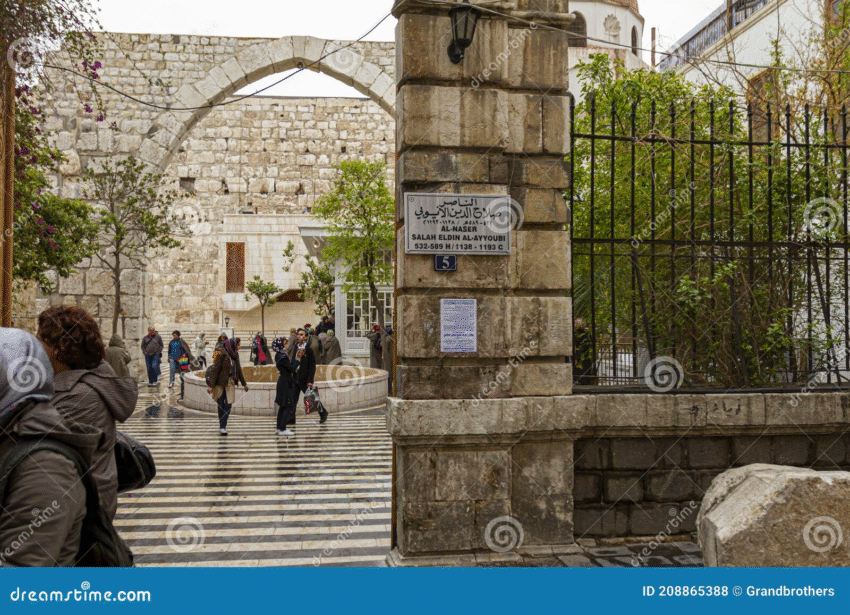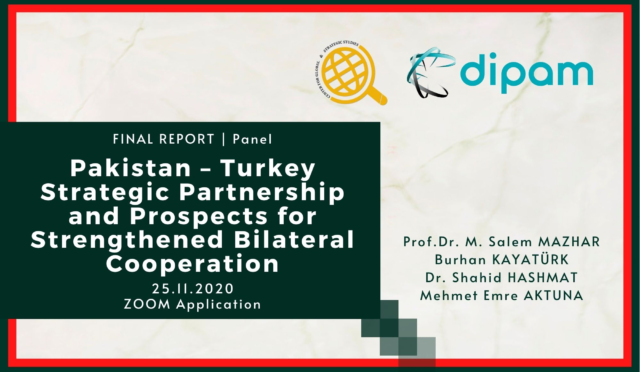Saladin Ayyubi Islamic Complex: A Historical Educational Milestone
**In 1915, the Ottoman Empire unveiled an extraordinary educational institution in Al Quds, named the Saladin Ayyubi Islamic Complex. However, this establishment was not merely a school; it represented a significant shift in the philosophy and approach to education during that era. The complex was intrinsically connected to the overarching political, military, and social agendas of the Ottoman Empire, aiming to not only educate but also to symbolize a transformative era in educational practices.**
Professor Dr. Kenan Ziya Taş, in his insightful work “The Last World Project of the Ottoman Empire, Al Quds Salahaddin Eyyubi Külliye-i İslamiyesi,” meticulously delineates the driving mission and vision behind the complex’s establishment. He provides valuable documents that shed light on its foundational goals. This period, particularly during the Second Constitutional Monarchy, saw substantial strides towards amalgamating religious education with contemporary scientific disciplines. Noteworthy milestones included the inception of kindergartens, the formulation of the Temporary Elementary Education Law, and a push towards the modernization of traditional madrasas.
Educational Reforms: Bridging Tradition and Modernity
The reforms initiated on October 1, 1914, known as the Educational Regulations, were geared towards centralizing and restructuring the madrasa system both in Istanbul and in provincial areas. A significant aspect of this reform was the implementation of the “Five-Year Provincial Madrasa” model, which represented a progressive iteration of conventional Ottoman madrasas. These institutions were designed to mold leaders who would significantly influence the country’s intellectual and political trajectories, combining religious teachings with modern science.
The Külliye concept encompassed ambitious projects like the Madrasa-i Külliye in Medina and the Saladin Ayyubi Külliye-i Islamiye in Al Quds. Primarily, this complex aimed to promote unity and cohesion among Ottoman Muslims, especially within the Arab demographic. From a global standpoint, it endeavored to foster solidarity among Muslims worldwide. This educational platform highlighted the Ottoman Empire’s commitment to Islamic unity, showcasing its intent to provide a truly international and multicultural education model, drawing students from a wide range of backgrounds including regions as diverse as South Africa, Morocco, Kazan, India, and China.
Leadership and Intellectual Growth
Cemil Bey (Bilsel), who later became instrumental in founding the Ankara Law Faculty during Turkey’s republican period, was appointed as the inaugural director of the Saladin Ayyubi Islamic Complex. The institution’s vision extended beyond the framework of personal education; it was designed to nurture leaders poised to shape societal futures. Arab journalist Ihsan al-Tarjuman’s diary noted that the complex was created with the purpose of “bolstering the intellectual foundations of an Islamic movement dedicated to the Ottoman Empire,” emphasizing its role in forming an informed community of Muslim intellectuals.
The Saladin Ayyubi Külliye-i Islamiye embraced a comprehensive educational philosophy. Incorporating classical Islamic sciences such as tafsir, hadith, fiqh, and kalam, the curriculum also encompassed modern disciplines, including Western law, philosophy, psychology, and sociology, to cultivate specialists in both realms. A noteworthy distinction of the Külliye was its strong focus on language education. Graduates were expected to be proficient in at least one Eastern and one Western language, alongside Turkish and Arabic. This included languages like German, French, English, Russian, Persian, Urdu, and Tatar, reflecting the Ottoman Empire’s diverse cultural tapestry.
A Legacy of Multicultural Education
In essence, the Saladin Ayyubi Külliye-i Islamiye stood as a pivotal representation of the Ottoman education system while also contributing to the broader narrative of world education history. The vision for this complex was to ensure that Al Quds and Palestine remained central to the educational pursuits and concerns of Muslims around the globe. However, the complex’s operations came to a halt with the decline of Ottoman authority in the region.
Despite its relatively brief existence, the educational influence of the Saladin Ayyubi Külliye-i Islamiye endures as a significant testament to the pressing need for an international educational model during the waning years of the Ottoman Empire. This institution continues to be remembered for its forward-thinking approach and the legacy it left behind in the realm of education.







